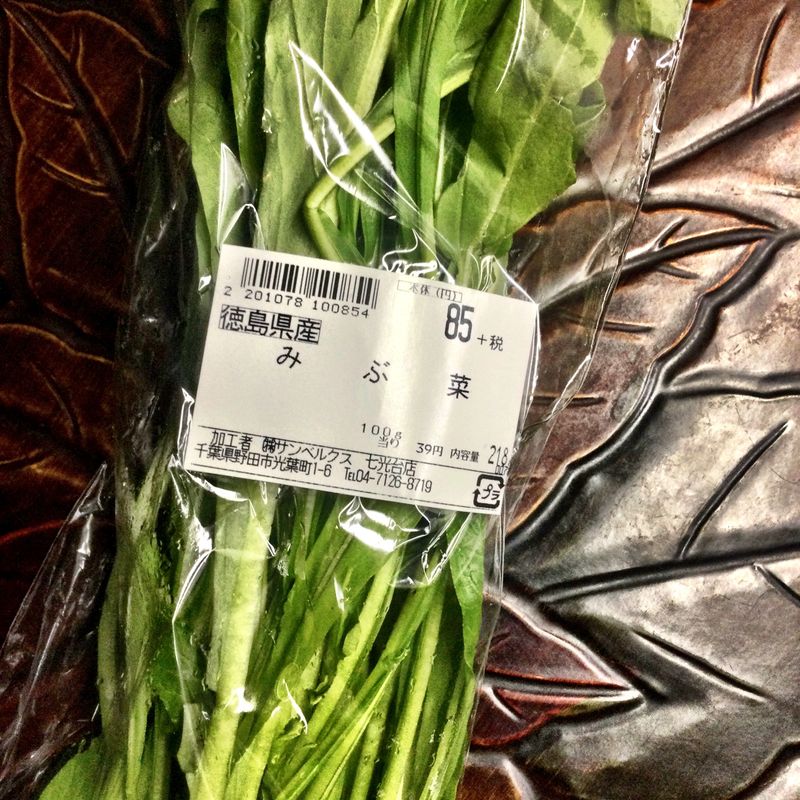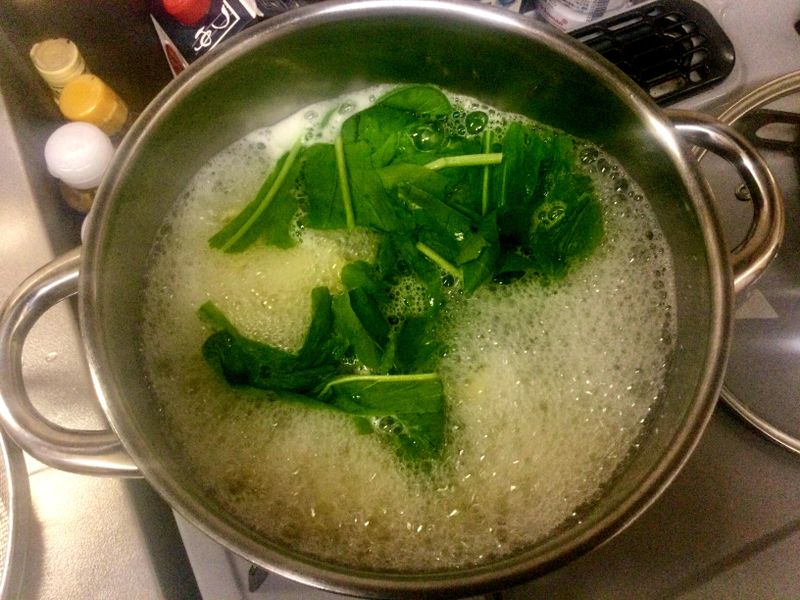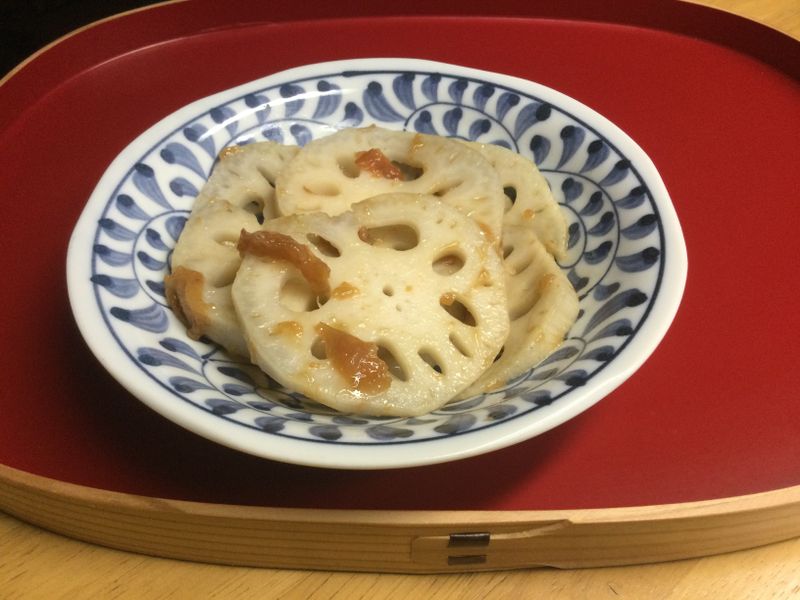Feb 5, 2021
TtoE Cooking Winter Veggies
One of the culinary pleasures of Japan life is the abundance of domestically-grown winter vegetables. In my native Canada, domestic production is limited. At grocers, you can find a variety of root vegetables, cabbage, onions, leeks, squash, and my least favorite vegetable in the world, Brussels Sprouts. All but the last item are widely available in Japan.
There's a bounty of winter veggies in most supermarkets and greengrocers in Japan. Recently, because of the lack of custom in the restaurant industry, you’ll find that many winter vegetables are discounted at the shops. My local has whole 白菜 hakusai for only 100 yen. If you feeding a tribe, you can get value from one of these. It’s great in nabe hot pots, pickled, or made into kimchi.
The benefits of cooking in-season foods are myriad. When you purchase locally grown produce, you’re reducing the food miles, the distance, and the expense associated with the transport of the food you eat. Most food labels indicate the source, so you can consciously support local growers.
But the biggest benefit to you is that locally grown seasonal foods are very fresh and nutritious.
Winter Vegetables
I often refer to this webpage which lists seasonal vegetables in Japan. Before I go shopping, I have a peek at that page to see what's likely in stock, and then plan meals.
Mibuna and Mizuna
Two winter vegetables widely available in the shops are 水菜 mizuna and壬生菜 mibuna. The former has jagged leaves, and the latter rounded. Mibuna is often identified as one of the 京野菜 kyo-yasai, Kyoto heritage vegetables. Both have a peppery flavor and provide a light crunch to all kinds of dishes.
For winter cooking, I put mizuna in stir-fries. Lately, my local supermarket has stocked up on cheap and good mibuna. One of my favorite ways to use either is coconut-tomato fettuccine with mizuna or mibuna.

Coconut-tomato fettuccine with mibuna
The sauce is a cup each of tomato puree and coconut milk simmered in the pan with a bay leaf (called ローリエ in Japanese), a sprinkle each of dried basil and parsley, and a little 七味唐辛子, shichimi-togarashi, seven-flavor chili pepper.

Mibuna
To prepare the dish, I cut the mibuna or mizuna into 5 cm pieces. I boil the pasta according to the package directions, and in the last minute of cooking blanch the greens.

Blanching mibuna in the pasta water
Blanching brings out the intense color of the greens and maintains texture. I drain the pasta and greens, and then return them and fold in the coconut-tomato sauce.
Lotus Root
Peak レンコン renkon lotus root season is January and February. It’s got a faint sweetness set off well by vinegar water, which is used to prevent it from browning on exposure to the air. The crispy, lacy slices are attractive whether pan-fried or briefly boiled.
Lotus Root dressed with 梅干し umeboshi pickled plums is easy. Slice the lotus root thinly and place in a bowl of water with a dash of vinegar. Prepare a sauce with the meat of two or three pickled plums, and mash them with a teaspoon each of soy sauce and sugar. Boil a saucepan with water, and when the pot reaches a rolling boil, blanch the lotus root slices for two minutes until they get a little translucent. Drain and rinse them in cold water, pat dry with a towel, and then dress them with the plum sauce. It’s crunchy, sweet, sour, and salty.

Renkon with ume dressing
Celery
Celery, like lotus root, is at its best in winter.

Celery with onions and garlic quick pickle
Cook it soon, as it goes limp fast. Don’t give up on it if it's lackluster, as quick pickle revives its texture. I chopped some garlic and onions, cut up the celery into sticks, and marinated it in a bit of ponzu and rice vinegar.



0 Comments